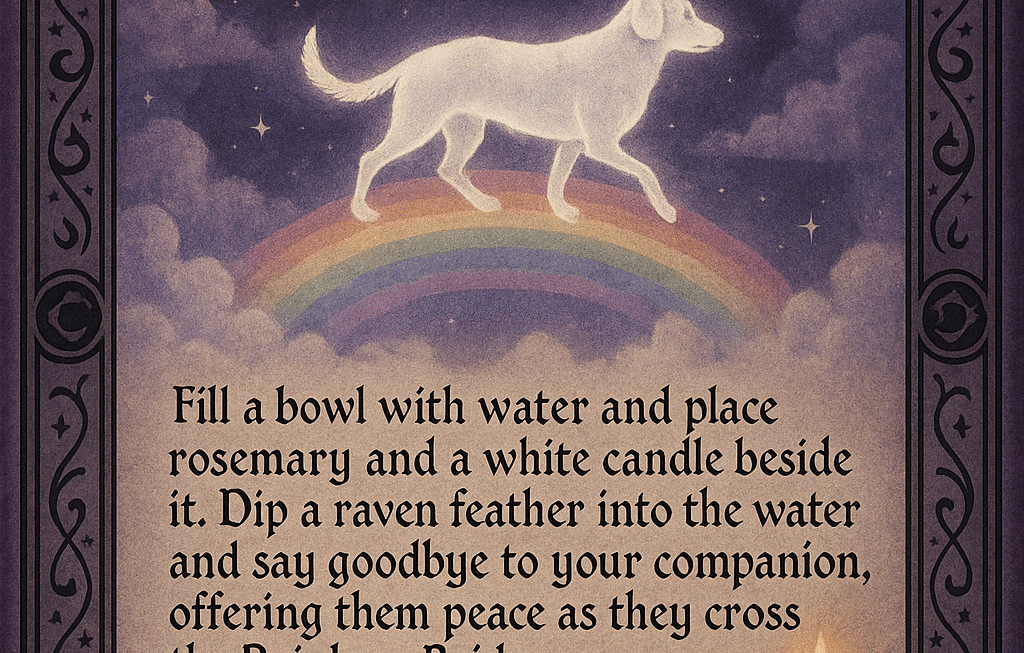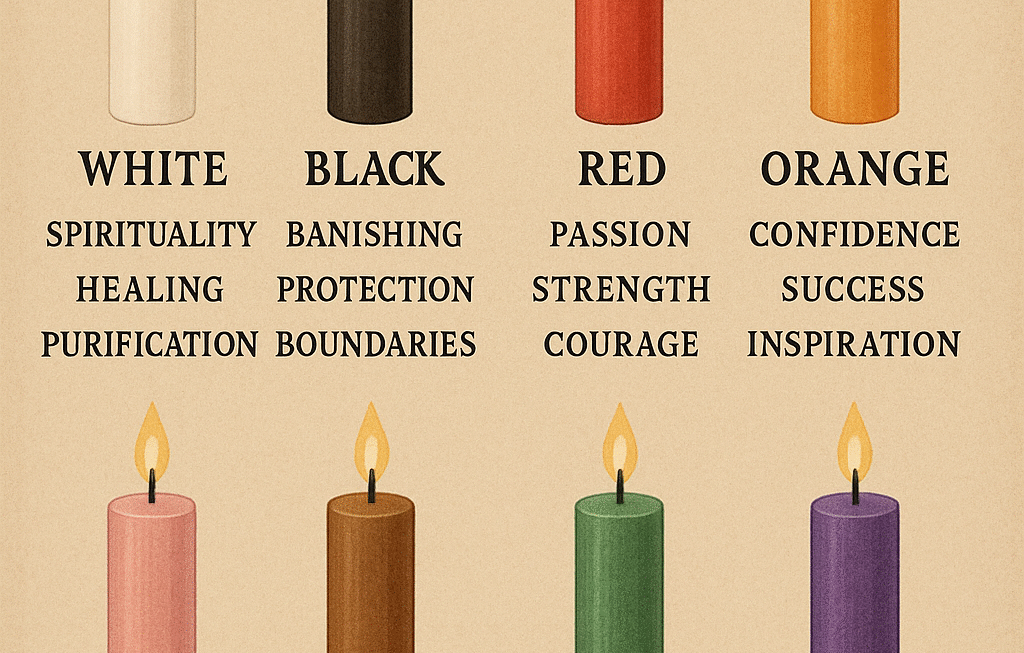In life, some stories are harder to tell than others, and some wounds are deeper than others. This is the story of a young woman, a daughter abandoned by her father, and her complicated journey to find answers and reconciliation. It’s a story filled with loss, broken promises, and the search for a family that was left behind.
A Christmas Memory: The Only Evidence of a Father
The young woman, let’s call her Sarah, only had one vivid memory of her father—a single photograph taken when she was about two years old. It was a Christmas picture, one where her father was holding her in his arms. It’s a beautiful moment, frozen in time, yet bittersweet. That image was the only piece of proof Sarah had of the man who was supposed to be her father.
When she was just a little girl, her father left, abandoning Sarah and her mother, a young woman who had loved him deeply. Sarah’s father had another son from a previous marriage—a boy who was just a little older than her, around 14 months. But for Sarah, the family she thought she would have never came to fruition. The promises he made of taking her to the zoo, the circus, and spending time together were all lies. Sarah would sit for hours on the porch as a young child, waiting for her father to arrive. But he never did.
A Strained Discovery
Fast forward to Sarah’s adult years. At 30, a moment of hope appeared in the form of an ancestry search. She had grown up with questions about her father—where he was, why he left, and whether he even thought about her. Using Ancestry.com, she finally tracked him down in Florida. For the first time in years, Sarah reached out, hoping for some kind of answer.
She flew to Florida with her 9-year-old son in tow. She was greeted by her father’s new life—one that included a new wife and two younger brothers. The woman who had replaced her mother was not much older than Sarah, a fact that made their relationship all the more complicated. Sarah’s father had remarried when she was in her late teens, and he had two younger sons from this new marriage, boys who were just 11 and 13 years old.
For Sarah, the meeting was overwhelming. There was a part of her that longed for connection, but the years of abandonment had created barriers she was unsure she could overcome. In the face of her father’s new family, Sarah had a hard time seeing herself as anything more than a stranger in his life.
The Older Brother’s Anger
But Sarah wasn’t alone in her search for answers. The older brother, who had been left behind by their father when he was just eight years old, was just as conflicted. Sarah had been aware of her brother’s anger, but it wasn’t until years later, when she found him on Facebook, that she truly understood the depth of his pain.
Her older brother, let’s call him Mark, had his own unresolved issues with their father. Mark was furious, and upon learning that he had a younger sister he didn’t know about, the shock was almost too much to bear. Their father had cheated on his wife with Sarah’s mother, leading to a broken family and years of pain for both children. Mark had never received the love and attention a father should give his son. Like Sarah, he had grown up with empty promises—promises that were never kept, like the trip to the zoo or circus that never came.
For Mark, there was little interest in reaching out to their father after the initial contact. The damage had been done, and the bitterness was too much to reconcile. In his mind, their father had betrayed him and, by extension, his mother, who had passed away far too young from cancer. Mark felt his father had led a long life, undeservedly, while both of their mothers had suffered and died young.
The Step-Mother: A Kindness Amidst the Hurt
One of the more complicated aspects of Sarah’s story was her relationship with her father’s second wife. The woman, only seven years older than Sarah, had been kind to her. Despite the complex family dynamics, Sarah was grateful to her stepmother for the kindness she had shown, especially considering the many ways Sarah had been hurt by her father. It was a delicate connection, but one that gave Sarah a glimmer of hope that there was still love to be found, even in the most fractured of families.
The Father’s Long Life, a Legacy of Hurt
When Sarah’s father passed away at the age of 92, it marked the end of a long life that had been filled with missed opportunities and regrets. For Sarah and Mark, his death brought a mixture of emotions—relief, anger, sadness, and even guilt. The anger Mark felt toward their father for all the years of broken promises and abandonment was still raw. For Sarah, her father’s death felt like a final chapter in a story that never had a proper conclusion. There were no answers, no closure, only a long history of hurt.
What stung the most was the fact that both of their mothers had died young from cancer, while their father lived on, seemingly untouched by the suffering they had endured. For Mark, the injustice of it all was too much. The man who had abandoned both of their families, broken promises, and left them with scars, had lived far longer than either of their mothers, who were good, loving women. How could that be?
Healing and Moving Forward
While Sarah and Mark had found some form of connection with their father’s new family, the journey to healing was far from over. There were no easy answers, and no amount of time could erase the pain they both carried. But perhaps, in their own way, they had found a way to move forward.
Sarah, despite the betrayal she experienced from her father, learned to form bonds with her stepmother and even forged a new understanding of her own family. Mark, on the other hand, continued to hold onto his anger, a natural response to the pain he endured as a child. But over time, both siblings learned to accept their complex history.
The journey of reconciliation is never easy, especially when the people we look up to let us down. But sometimes, even in the most difficult circumstances, there is room for growth and healing. Sarah and Mark may never fully understand their father’s choices, but through their own paths, they were able to begin the process of moving beyond the hurt, even if it was one step at a time.




